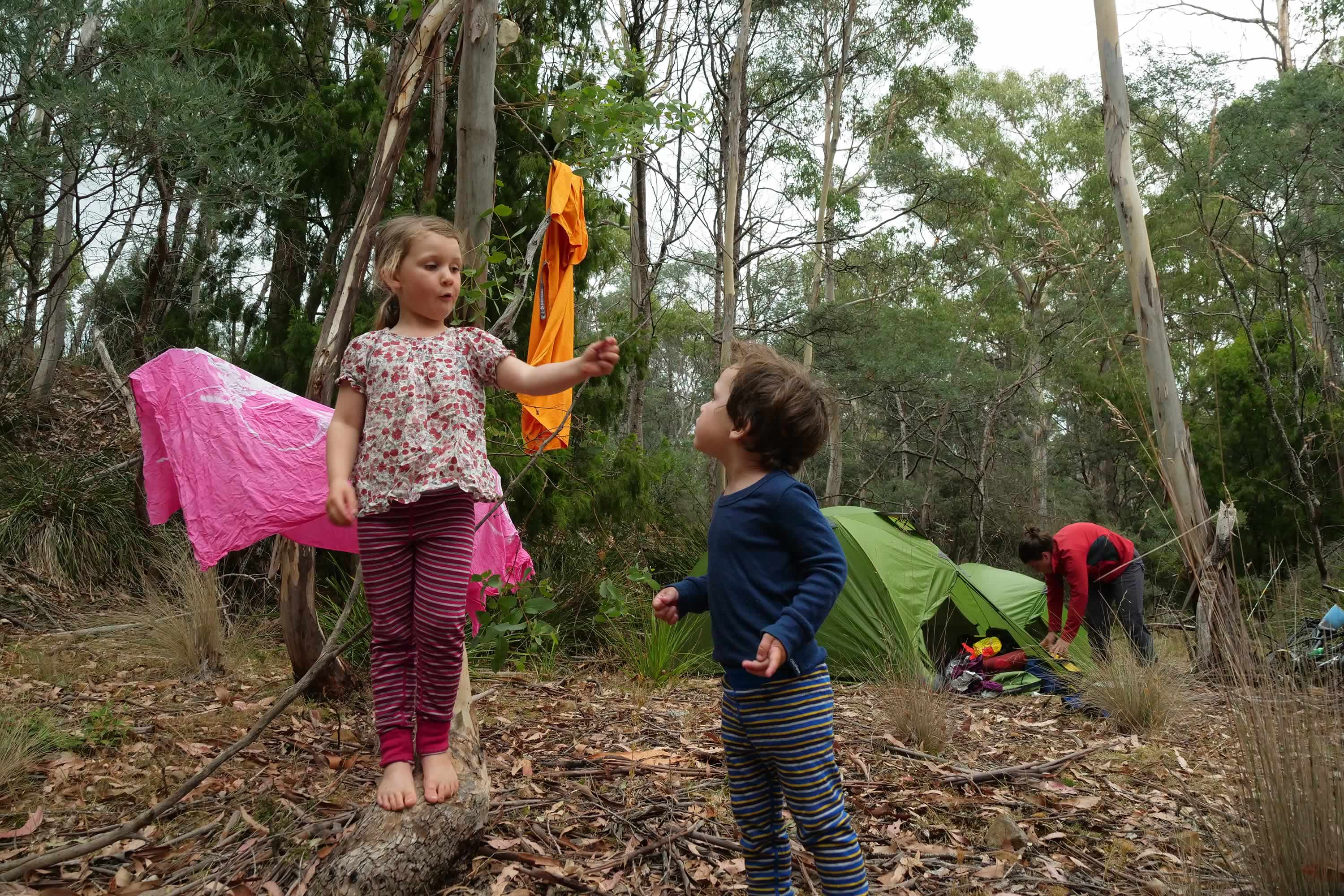Day 36

→ Adventure
Ulverstone to Richmond
On the move from North West to South East Tasmania, from Ulverstone to Richmond. This week marked the first decent rain since the catastrophic fires started here. It was personally special because we chalked up the first 1000 km!
This week has taken us from the North West to the South East region of Tasmania. There has been a noticeable change in landscape and land use.
On the farms we have seen more sheep and less vegetable crops and dairy. We finally received a good rainfall when we were camped in the bush between Cressy and Ross. Tasmanians welcomed the rain heartily because the bushfires have been catastrophic this summer.
In the video you will see beautiful overhanging rock shelters around Lake Dulverton near Oatlands. The area is called Lairmairanepair Park and we had lots of questions from Hope especially about how Tasmanian Aboriginals lived in this place before European occupation. We didn’t have the answers for her but we asked Trish Hodge from Nita Education if she could share any knowledge about this area. Trish replied:
“The Big River mobs and Oyster Bay mobs utilised this area for hunting kangaroo and emu, the open plains were created by our ancestors through the use of fire to farm the milaythina (country). When the British arrived, these were the first areas taken as they provided the perfect grasslands for sheep/cattle. This led to increased conflict as our old fellas were not permitted access to their traditional hunting grounds. It also meant our native animals were fenced out (so the sheep could eat the grass).
Some farmers today, in the area are working with palawa people to reintroduce our traditional farming techniques, this is a great step forward! For Aboriginal people to be allowed to practice our ancient culture is healing in so many ways.”
There are so many stories in the land, sometimes it’s just about finding the right questions.
Watch the video on Vimeo or YouTube to see how it went. Or see our progress on our Google Map.